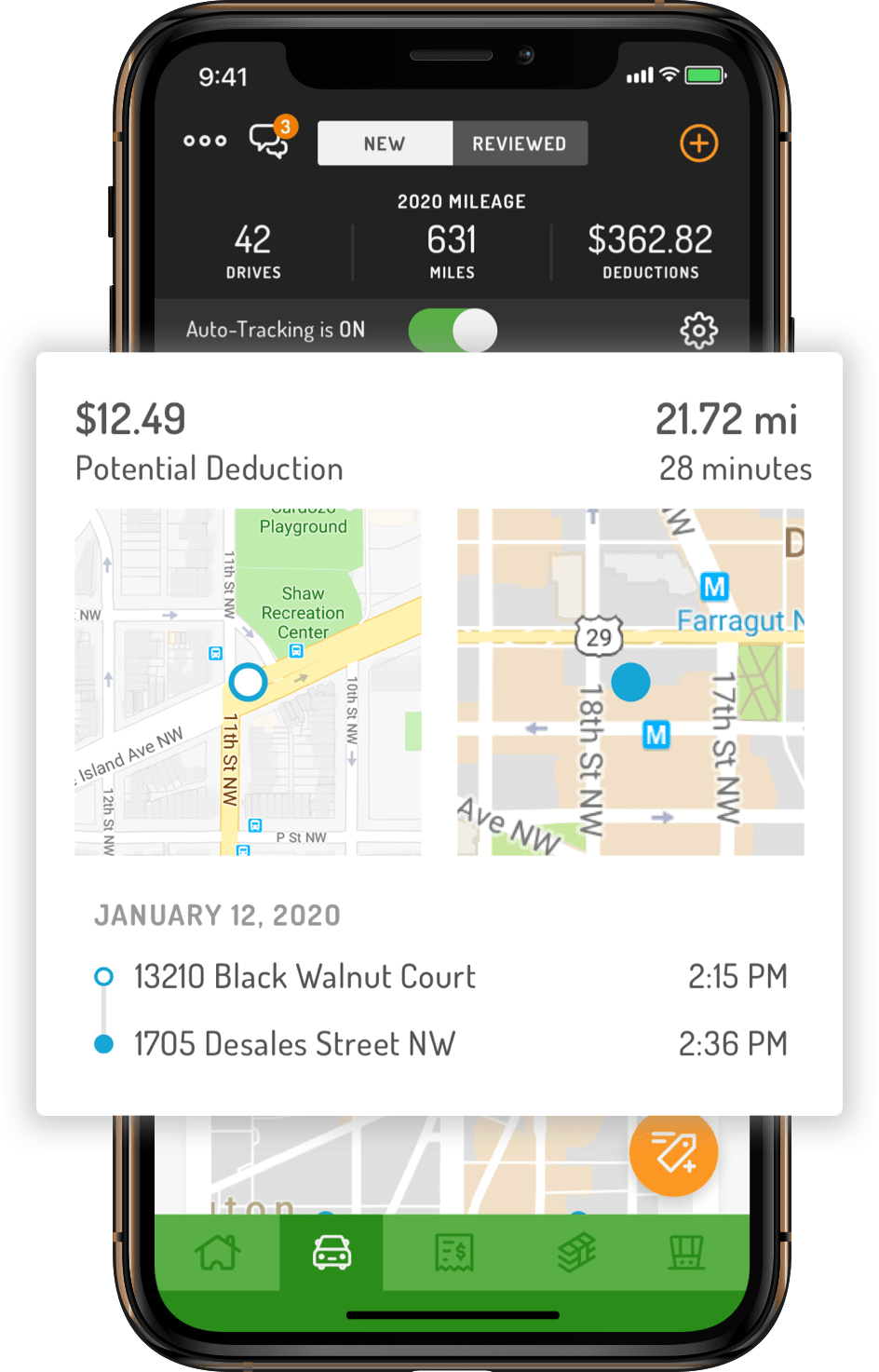Elevate your product offering with an embedded, powerful white-labeled Invoicing API that automates your customers' invoicing process, automating the creation, dispatch, tracking, payments, and reconciliation of invoices in real time.

An Invoicing API is ideal for fintech apps, banking platforms, and vertical SaaS providers seeking to enhance their services for small businesses and small business owners.
By integrating an Invoicing API, you can focus on capturing the payments revenue opportunity while eliminating the need to develop robust invoicing infrastructure in-house. Leveraging a proven, reliable, and robust Invoicing API will drastically speed up your time to market and greatly enhance your customer experience while saving significant development time.
Our invoices API enables you to launch advanced invoicing solutions in days or weeks instead of months or years. Your customers will be delighted with its ease of use, comprehensiveness, and customizability from the outset, while your company will benefit from the revenue opportunity that payments present.
Embrace the revolution in financial management with our Invoicing API today.





With our Invoicing API, your business can save on development time and costs and launch your invoicing solutions in days or weeks compared to developing your own.
Here are 7 benefits your business can experience by utilizing an Invoicing API.
Our Invoicing API comes with the following features for your customers:

For more information about our invoices API, please visit our API documentation.